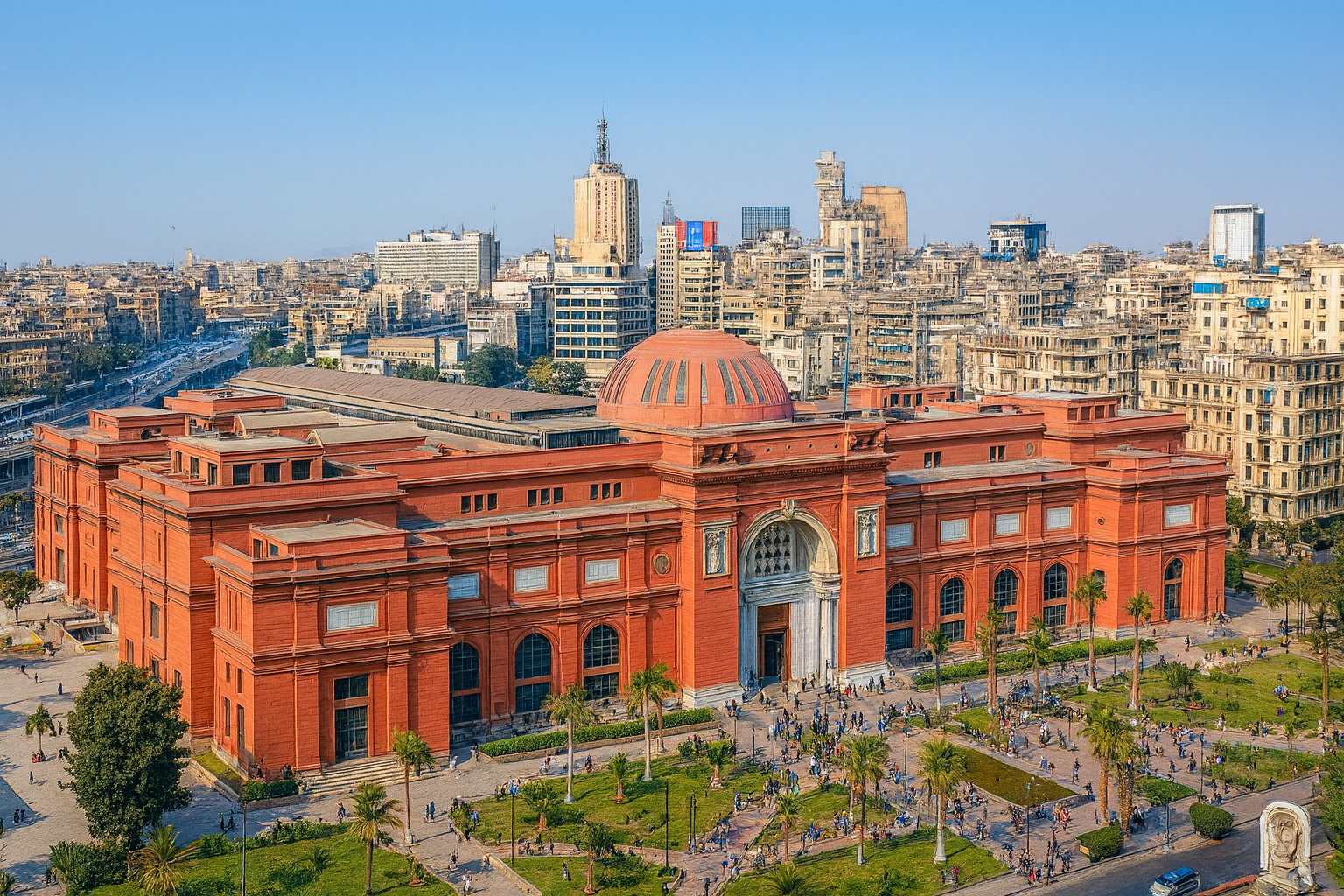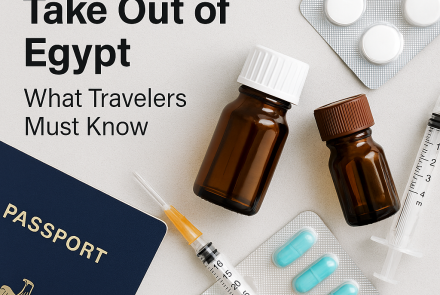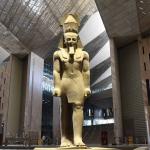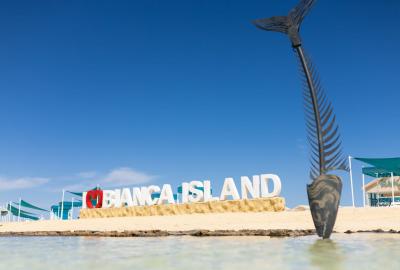National Museum of Egyptian Civilization
Submitted by
knowapptech-Support
on 8 April 2024
History of the opening of the museum.
- The preservation of Egyptian artifacts began in 1835 by the ruler of that time, Muhammad Ali. He created a decree creating a department of antiquities and prohibited their export from Egypt without special permission from the government.
- Then, in 1859, Egyptologist (French) Auguste Mariet, fascinated by excavations in the Sahara, headed the “Egyptian Antiquities Service” and a museum that opened in the Bulak region (on the banks of the Nile River).
- After the flood of 1878, some of the exhibits were damaged, some were stolen, and the archaeological records of Mariet were lost. Shortly after Auguste's death, the museum moved to Giza (the area of the modern zoo in Cairo).
- In November 1902, the official opening of the Egyptian National Museum took place in the center of the Egyptian capital (modern Tahrir Square).
National Egyptian Museum today.
- No tourist trip to Cairo is complete without a visit to the Egyptian National Museum. An impressive building, a huge lobby, about a hundred halls and more than 150 thousand ancient artifacts leave no one indifferent. I would like to return to this museum again to immerse myself in the culture of Ancient Egypt in more detail.
- In the garden of the modern museum, the marble sarcophagus of its French founder found its home, and a full-length bronze statue of Mariot was erected above it.
What interesting things can you see in the famous Cairo Museum?
- Despite looting during Egypt's 2011 revolution, after which the Ministry of Antiquities reported the loss of at least 18 artifacts, it still houses the world's largest collection of ancient artifacts.
The most notable of them:
- Statues of pharaohs Khafre , Amenemhet III
- Queen's jewelry Yahhotep , consort of the pharaoh Taa II Seqenenra and mothers of the pharaohs Kamosa And Ahmose I
- Pharaoh mummies Taa II Seqenenra , Ahmose I , Amenhotep I , Thutmose I , Thutmose II , Thutmose III , Networks I , Ramesses II , Ramesses III , Amenhotep II , Thutmose IV , Amenhotep III , Merneptah , Networks II , Ramesses IV , Ramesses V , Ramesses VI
- Mummies and sarcophagi of the priests of Amon
- Items from tombs.
- Items from the reign period Akhenaten , discovered in Amarna , where the ruins are located Akhetaten in particular Cairo folding altar .
- Items from the 21st and 22nd Dynasties discovered in Tanis , among whom - golden funeral mask of the pharaoh Psusennes I
- Items discovered by Egyptian and foreign archaeologists during excavations in Giese , Sakkare , Bubaste , Heliopolis , Aswan And Nubia
- The mysterious " Sakkar airplane ".
Departments:
- Hidden treasures Tutankhamun , jewelry from various eras and artifacts from Tanisa .
- Predynastic period and Old Kingdom contain more than 30 thousand items on both floors. Predynastic period (approx. 10,000- 3,200 to n. e.)
- Middle Kingdom .
- New kingdom is the golden age of Egyptian civilization and covers in the museum the XVIII - XX dynasties (c. 1550-1070 to n. e.).
- Late And Hellenistic periods
- Papyri and coins different eras in two halls on the ground floor.
- Not all papyri were put on display due to their fragility. The department's primary task is the preservation, conservation and restoration of the collection.
- The papyri predominantly talk about tax revenues, marriage contracts, treaties and other issues of daily life.
- Gold, silver and bronze coins date back to the Greek, Roman and Islamic periods. The pearl of the collection is considered to be a coin from the Late Period with the hieroglyphic inscription “ Nub_Nefer ” , which means “fine / pure gold”.
- Sarcophagi of the XXI - XXII dynasties, scarabs and other objects.
- Laboratory of mummification and conservation.
Museum opening hours.
- Every day from 9 am to 5 pm the museum welcomes guests of the Egyptian capital.
- You can visit it as part of the Cairo 1 day excursion program by bus from the Fun agency Stay Travel .
- Write to us and we will select the most interesting excursion options for you in Egypt.








































































